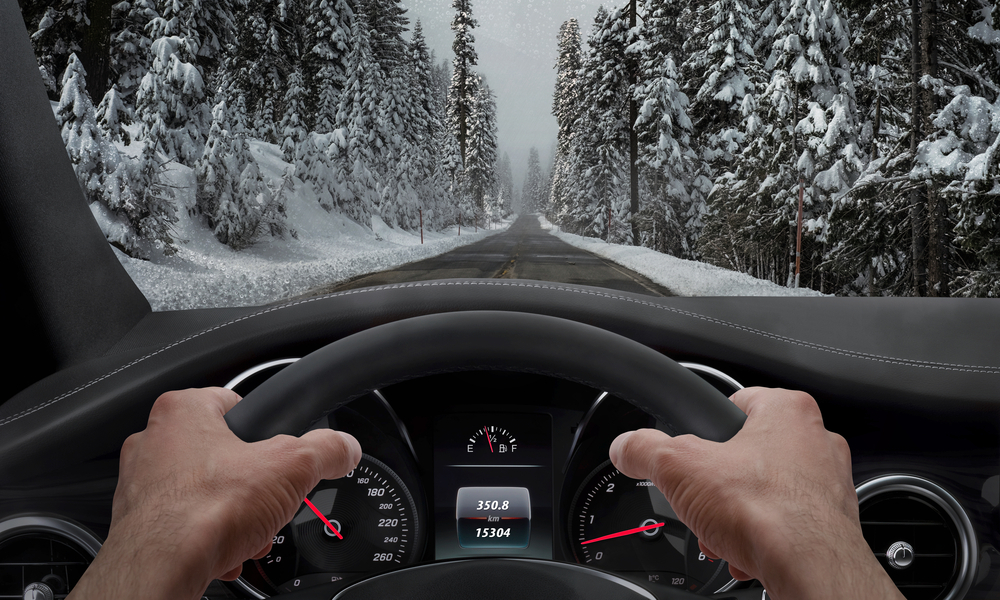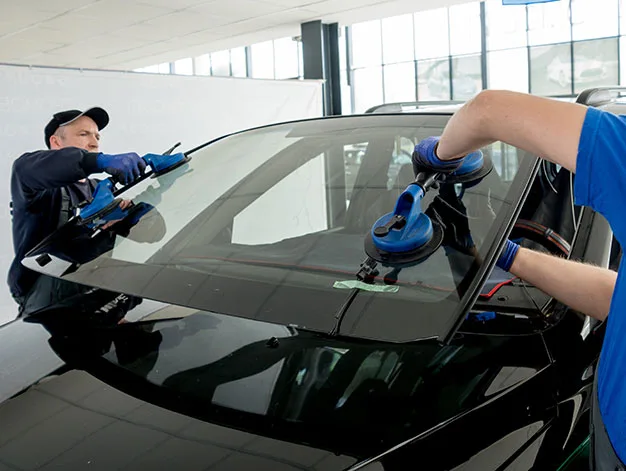Understanding the Complexities of Auto Glass Repair in High-Altitude Regions
Glass repair is trickier in the mountains! Factors include:
- Air pressure: Can cause cracks to spread faster
- Cold weather: Affects how adhesives cure
- Specialized materials: Needed to handle the unique conditions
- Skilled techs are a must: Not all techs are equipped for this
Regular glass checks are even more important at high altitudes.
Repairing auto glass in high-altitude regions is tough. Pressure differences and extreme temperatures pose challenges. They affect glass integrity and repair techniques. Special adhesives and skilled technicians are key for effective repair. This shows the importance of maintenance. It also shows the importance of technology in ensuring vehicle safety and reliability.

Impact of High-Altitude on Auto Glass Repair
At higher altitudes, the atmospheric pressure is considerably lower than in low-lying areas. This pressure difference can affect the structural integrity of auto glass, making it more susceptible to damage. Additionally, temperature fluctuations are more extreme in these areas, which can lead to increased stress on the glass, causing cracks and chips to spread more rapidly.
Materials and Techniques for High-Altitude Auto Glass Repair
The right materials and techniques are essential for effective auto glass repair in high-altitude regions. The adhesives and fillers used in these repairs must withstand unique environmental conditions. For instance, some resins work better in low-pressure places. They can seal cracks without hurting the glass's strength.
Adapting to Environmental Stressors
Temperature variations, particularly the extreme cold, can significantly impact the repair process. Glass expands and contracts with temperature. This must be managed during repairs. This may involve slowly heating the glass to prevent more cracking. Or adjust the resin's curing time to ensure good adhesion.
Challenges with Installation and Replacement
Replacing auto glass in high-altitude regions requires specialized materials and expert installation techniques. Reduced air pressure can make the glass break more easily during installation. This requires technicians to use better methods to ensure a secure fit.
Importance of Skilled Technicians
These challenges are unique. Skilled and experienced technicians become even more crucial. Professionals work in high-altitude areas. They must be adept at meeting the demands of this environment. They must ensure that all repairs are done with great precision and care.
Preventive Measures and Maintenance
Preventive steps help a lot. They reduce the need for big auto glass repairs. Regular inspections and maintenance checks are a good idea. This is especially true for vehicles driven in high-altitude regions. Finding chips and cracks early can prevent worse damage. It can also prevent costly repairs.
Impact on Driver Safety
The impact of these challenges extends beyond the physical repair of the glass. Compromised auto glass can significantly affect driver visibility and vehicle safety. In high-altitude areas, driving is more dangerous due to terrain and weather. So, it's even more important to keep auto glass strong.
Technological Advances in Auto Glass Repair
Auto glass repair is always changing. Developers are creating new materials and tech. They will help handle the challenges of high-altitude repairs. New glass materials and repairs help make better, longer-lasting fixes in tough places.
Conclusion
Repairing auto glass in high-altitude regions is complex. It needs special knowledge, materials, and techniques. Understanding these unique challenges is key. They are vital for ensuring the safety and reliability of vehicles in these areas. Technology advances. It better lets us face these challenges. This boosts safety and performance for drivers at high altitudes.
